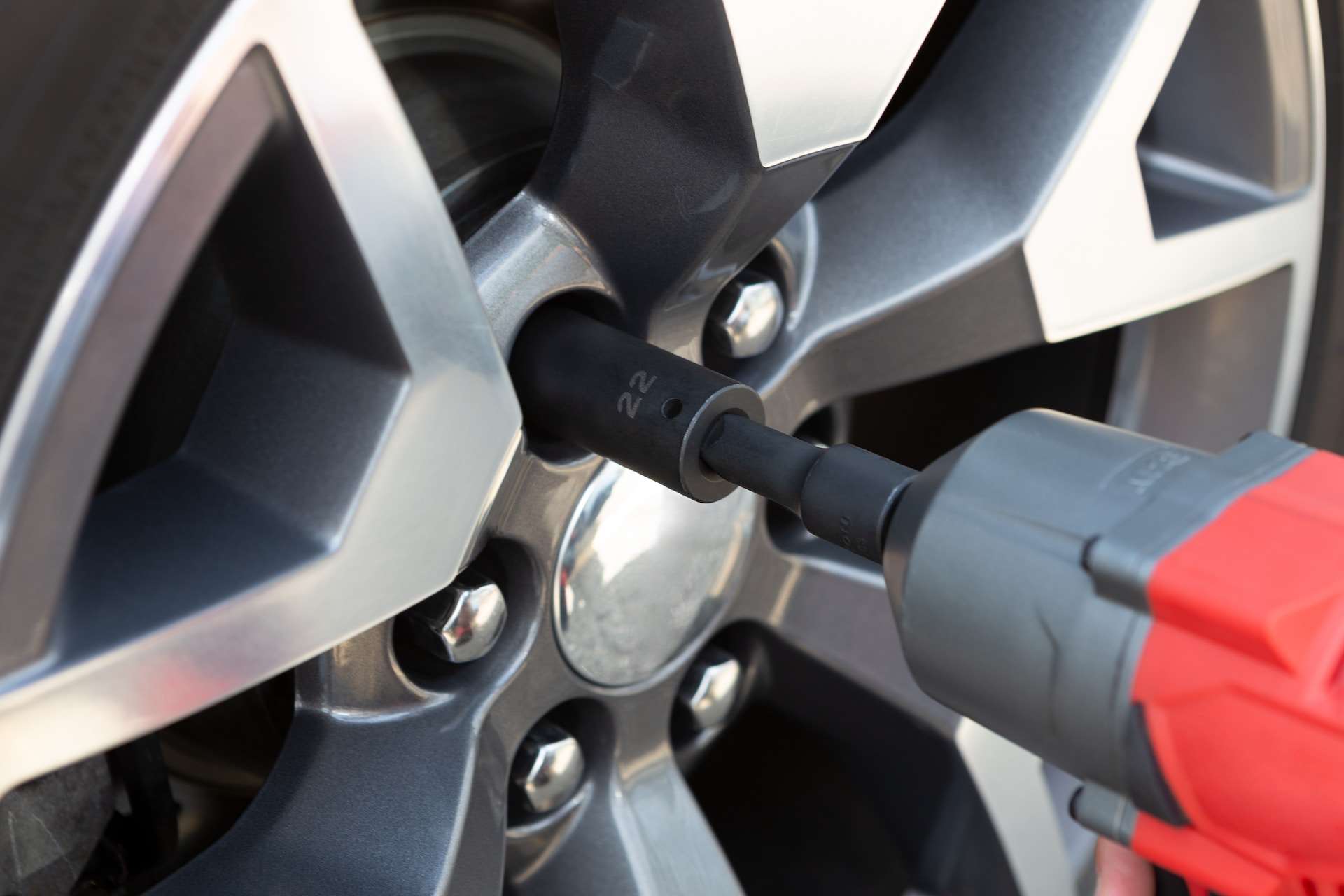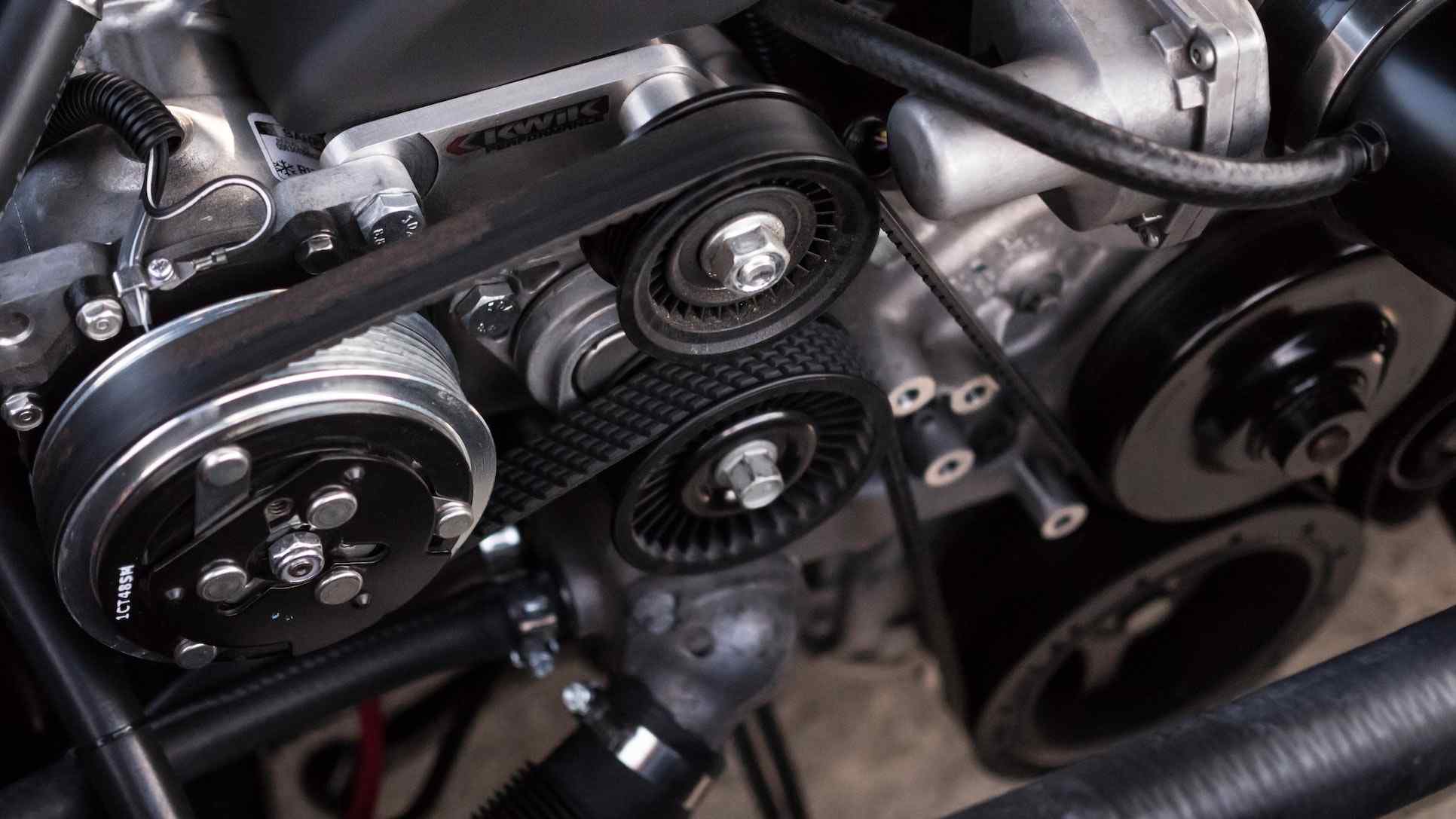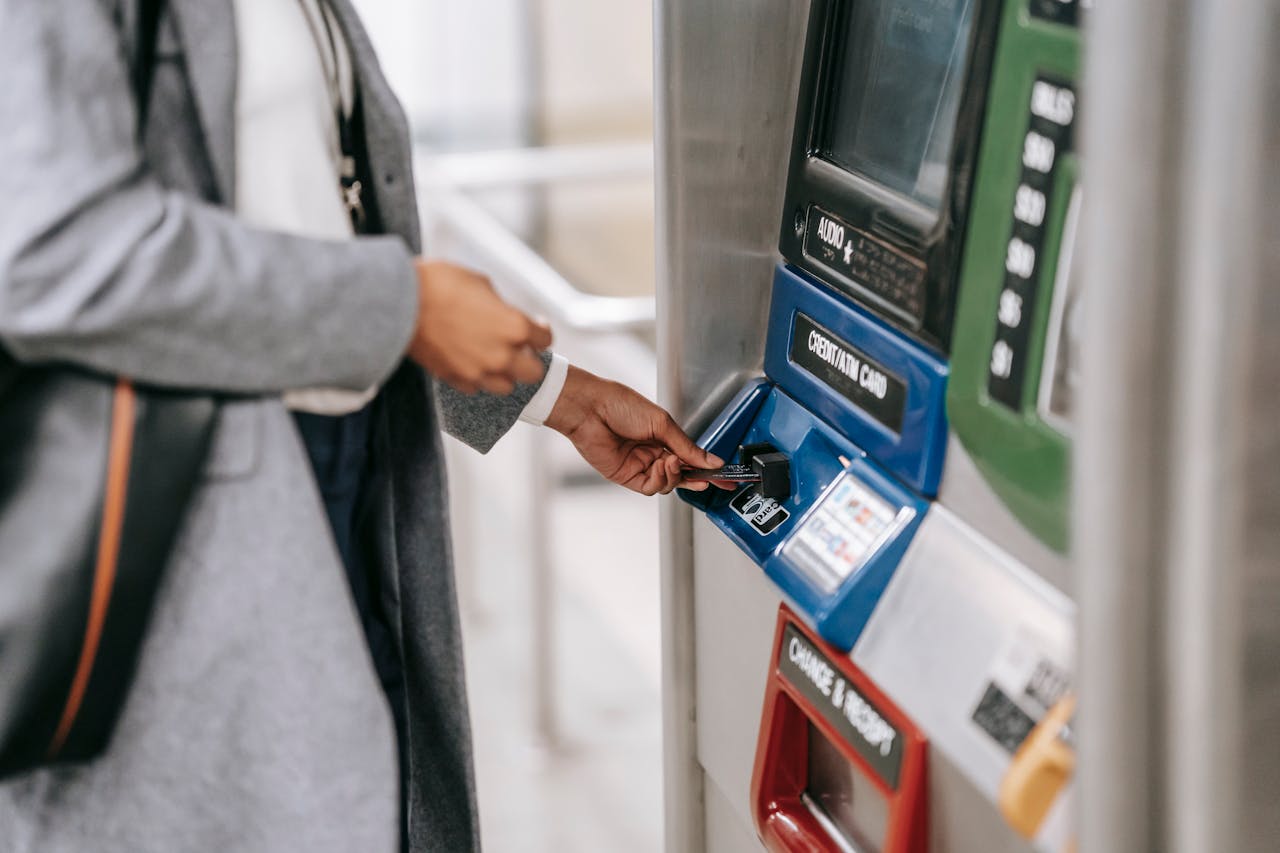

The Philippines is one of Southeast Asia’s leading automotive manufacturing hubs. The industry is divided into two sectors: manufacturing of parts and assembly operations. Some of the largest global players that have set up manufacturing plants in the Philippines include Toyota, Mitsubishi, Isuzu, and Ford.
In 2015, the government introduced the Comprehensive Automotive Resurgence Strategy (CARS) program to promote the local production of fuel-efficient vehicles. The goal is to attract more foreign investments and drive the development of the country as an automotive manufacturing hub in the region. Participants must produce 200,000 units of their enrolled vehicle model within six years to receive incentives.
Last December, the Department of Trade and Industry announced that the combined production of enrolled vehicles of Mitsubishi Motors Philippines and Toyota Motors Philippines have reached 207,165 units. Toyota started the production of the Vios model in July 2018, while Mitsubishi started the production of the Mirage model in February 2018. Automotive manufacturing in the Philippines continues to support local demand for these fuel-efficient passenger cars.

The demand for vehicles has been steadily rising in the country. In 2021, local automakers projected that the automotive industry in the Philippines will only be able to recover from COVID-19-induced losses in 2023. This is after the steep 40% drop in sales in 2020 at the height of the pandemic. Remarkably, vehicle sales in the Philippines grew by 20% in 2021. 2022 proved to be an even stronger year for the local industry despite supply chain issues and global macroeconomic headwinds.
After lockdowns were lifted and mobility gradually increased in the country, sales continued to bounce back. In addition, vehicle sales have recovered from the impact of higher automotive taxes in the country. The automotive industry in the Philippines recorded a 31.3% growth in sales in 2022, with a total of 352,696 units sold. Light commercial vehicles and Asian utility vehicles (AUV) logged the largest growth rates. Total vehicle sales are expected to increase to 400,000 at the end of 2023.
The country’s strategic location in Southeast Asia makes the Philippines ideal hub for automotive manufacturing in the region. There are plenty of facilities in economic zones and industrial parks in the country’s major regions that are ideal locations for production plants. In addition, the Philippines is home to many skilled workers in the automotive industry that can provide cost-efficient and skilled labor in the areas of manufacturing and engineering.
Favorable government policies designed to drive automotive manufacturing in the Philippines will also support further investments in the local industry. The Department of Trade and Industry is considering extending the CARS program for another three years, from 2024 to 2027. This way, manufacturers can address local demand while driving productivity in local production plants.
Automotive companies looking to expand in Southeast Asia can turn to the Philippines and tap into the local market for automotive manufacturing and vehicle sales. The country’s vibrant local industry will prove to be a worthy location for foreign investments, given the market environment and the cost of manufacturing.

Leading the Charge: Major Players in SEA’s Digital Lending Market
The fintech lending market in SEA is poised for substantial growth, including digital lending which is set to surpass digital payments as the primary revenue driver for the region's digital financial services sector by 2025, with a compound annual growth rate (CAGR) of 33%. This growth is fueled by the widespread adoption of automated loan origination processes and the seamless integration of financial services into digital platforms.

Unlocking Opportunities in the SEA Digital Financial Services Landscape
In recent years, Southeast Asia (SEA) has emerged as a hotbed for fintech innovation, transforming the financial landscape across its diverse markets. This transformation is characterized by a surge in digital financial services (DFS), revolutionizing how individuals and businesses manage their finances. However, the journey is not without its challenges, and understanding these is crucial for stakeholders aiming to navigate this rapidly evolving sector.

How SEA Startups are Navigating Funding Challenges
The startup ecosystem in Southeast Asia (SEA) has long been a vibrant hub for innovation and growth. However, recent global economic shifts and the aftermath of the COVID-19 pandemic have ushered in a new era of funding challenges.

Challenges for Sustainable Recovery in Southeast Asia
Sustainable recovery in Southeast Asia faces numerous challenges, yet also presents significant opportunities for green growth. Addressing sustainable issues is crucial for achieving a resilient and sustainable future.